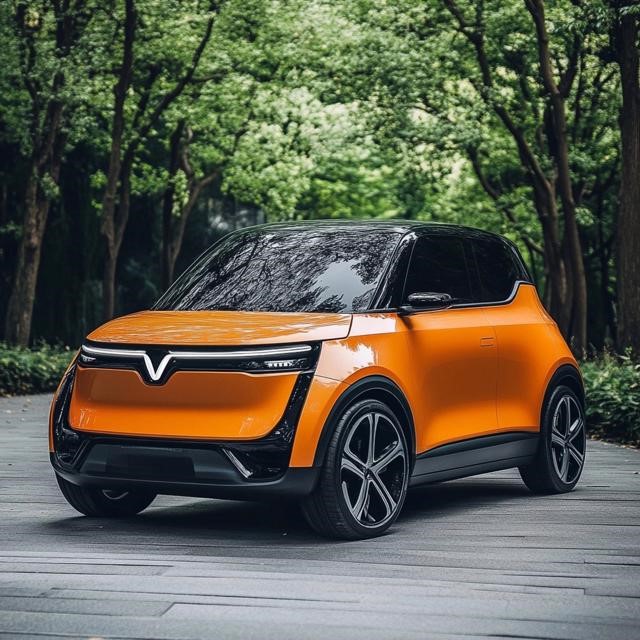 Economy
Economy

 |
| A Mini Cooper model is displayed at a showroom in HCMC. — Photo courtesy of mini-vietnam.com |
HÀ NỘI — The mini car market in Việt Nam is poised for significant evolution, driven by changing consumer preferences, emerging trends and favourable macroeconomic conditions, according to car experts.
They said mini cars are increasingly attractive to Vietnamese consumers due to their lower price points compared to larger vehicles. Their compact size makes them ideal for manoeuvering through narrow streets and crowded urban areas, where parking space is often limited. This practicality addresses a crucial need for convenient transportation in rapidly urbanising environments.
With rising fuel prices and growing awareness of environmental issues, fuel efficiency has become a significant consideration for many buyers. Mini cars are typically more fuel-efficient, appealing to consumers who prioritise economical and sustainable transportation options.
One of the most significant trends is the rising popularity of electric and hybrid mini cars. The Vietnamese government is actively promoting the use of electric vehicles (EVs) to mitigate pollution and decrease reliance on fossil fuels. As incentives and charging infrastructure improve, automakers are likely to introduce more electric and hybrid models to meet consumer demand. Advances in battery technology further enhance the attractiveness of these vehicles, improving their range and performance.
Vietnamese consumers are increasingly seeking personalised vehicles that reflect their preferences. In response, manufacturers are offering a variety of customisation options, allowing buyers to choose colours, styles and accessories that suit their individual tastes. This trend is particularly appealing to younger consumers and the growing middle class, who are looking for cars that align with their lifestyle.
The Vietnamese Government has implemented favourable policies to promote the mini car segment, including tax incentives for small and fuel-efficient vehicles. Additionally, investments in infrastructure — such as expanded road networks and parking facilities — help to accommodate the anticipated growth in mini car ownership.
Việt Nam's robust economic growth and rapid urbanisation are contributing to increased demand for efficient and affordable transportation. As more individuals join the middle class, their purchasing power rises, making mini cars more accessible. This demographic shift is crucial for the market's expansion.
The entry of companies like VinFast signals significant interest in the mini car market. Their announcement of a super small two-seater model has captured public attention and reflects the increasing diversity in the automotive landscape. While mini cars have been available in Việt Nam for some time — such as the Smart ForTwo and Toyota C+pod — VinFast's commitment to affordability and innovation could invigorate this niche market.
 |
| A new model of VinFast's future mini car was designed by AI. |
The mini car segment in Việt Nam, though still considered niche, is on the verge of substantial growth. With the combination of affordability, urban practicality, a push towards electrification and supportive government policies, this market is expected to flourish.
As manufacturers continue to innovate and respond to consumer preferences, the future of mini cars in Việt Nam looks promising, offering efficient and economical solutions for the evolving needs of urban residents. — VNS




